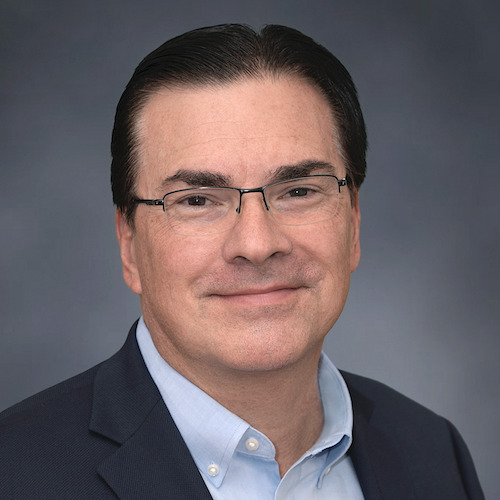
A ruthless pandemic, raging wildfires, catastrophic hurricanes and the threat of civil disturbance in cities across the country are just a few of the emergencies and disasters that senior living communities have had to confront over the past several years. Not to mention frequent power failures, small fires, smoke scares, staffing shortages and supply chain disruptions that occur regularly in all types of occupancies that provide services to our nation’s older generations.
The question that must be asked is this: How should senior living communities prepare for every conceivable type of emergency or disaster that they may face on any given day? The answer starts with getting back to the basics.
A colleague with the American Assisted Living Nurses Association who regularly works with senior living communities to identify and reduce risk as well as enhance quality told me that she was amazed at how many employees she interviews who have never had the experience of discharging a fire extinguisher. This begs the question: How comprehensive are emergency preparedness training regimens in senior living communities if training is limited to the classroom?
As a life safety and emergency preparedness consultant, I regularly review emergency protocols in senior living communities and healthcare facilities. I often find that although many providers use robust training programs that are delivered in a virtual or video format by reputable training organizations, very limited hands-on training occurs in these occupancies.
Even when it comes to the basics of the R.A.C.E. (rescue, alarm, confine, evacuate / extinguish) and P.A.S.S. (pull, aim, squeeze, sweep) procedures, employees often watch videos on those subjects but are not given the opportunity to actually practice those functions. Similarly, procedures such as evacuation, sheltering-in-place and lockdown are presented in the classroom but not necessarily exercised in a hands-on capacity.
For senior living community owners and operators to have realistic expectations that their team will perform well when the “big one” occurs, they must prepare their staff members through a variety of processes that include hands-on training, drills and exercises to properly manage the day-to-day emergencies that undoubtedly will occur.
A few tips to consider:
- Identify a person to be your community’s emergency preparedness “champion” to coordinate training, drills and exercises; this person should possess a passion for safety and preparedness.
- Work with your community’s fire extinguisher vendor to coordinate hands-on fire extinguisher training for all staff members.
- Invest in a fire extinguisher training simulator that uses laser technology to provide employees with a realistic experience on how to extinguish a fire without starting a real fire.
- Contact your local fire department or emergency management agency to see whether it will help you coordinate a disaster drill or other emergency exercises at the facility.
- Conduct an emergency lockdown drill where staff members practice the process of securing residents and the perimeter of the entire building or campus.
- Coordinate an emergency preparedness fair where several interactive activities are available so that staff members can practice things such as evacuation carries, first aid, CPR and fire extinguisher use.
- Host a Stop the Bleed (www.stopthebleed.org) class at your community.
- Encourage staff participation with the local community emergency response team program.
Emergency preparedness does not happen by accident. Always remember: It’s a normal day — until it isn’t. Crisis can strike in a blink of an eye, and now is the time to level up readiness at your senior living community to help ensure positive outcomes when emergencies and disasters strike.
Stan Szpytek is the president of the national consulting firm Fire and Life Safety Inc., based in Mesa, AZ. He is a consultant for the American Assisted Living Association and is the life safety/disaster planning consultant for the Arizona Health Care Association, the California Association of Health Facilities and the Utah Health Care Association. Szpytek is a former deputy fire chief and fire marshal with more than 40 years of experience in life safety compliance and emergency preparedness. For more information, visit www.FLSafety.org or e-mail Szpytek at [email protected].
The opinions expressed in each McKnight’s Senior Living guest column are those of the author and are not necessarily those of McKnight’s Senior Living.
Have a column idea? See our submission guidelines here.




